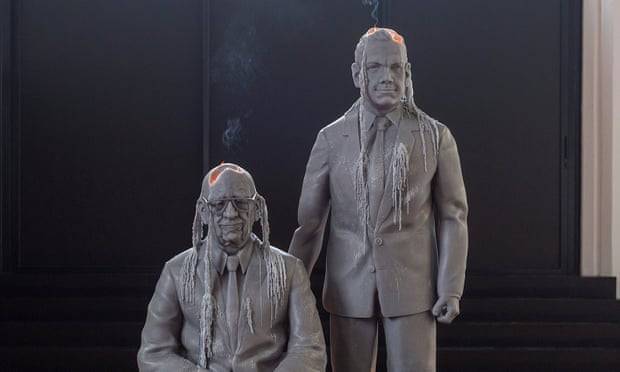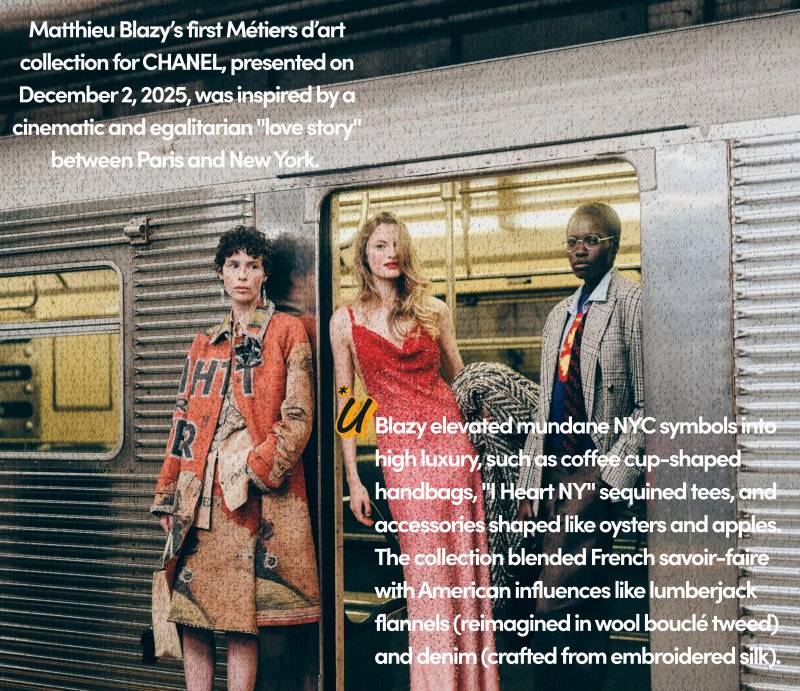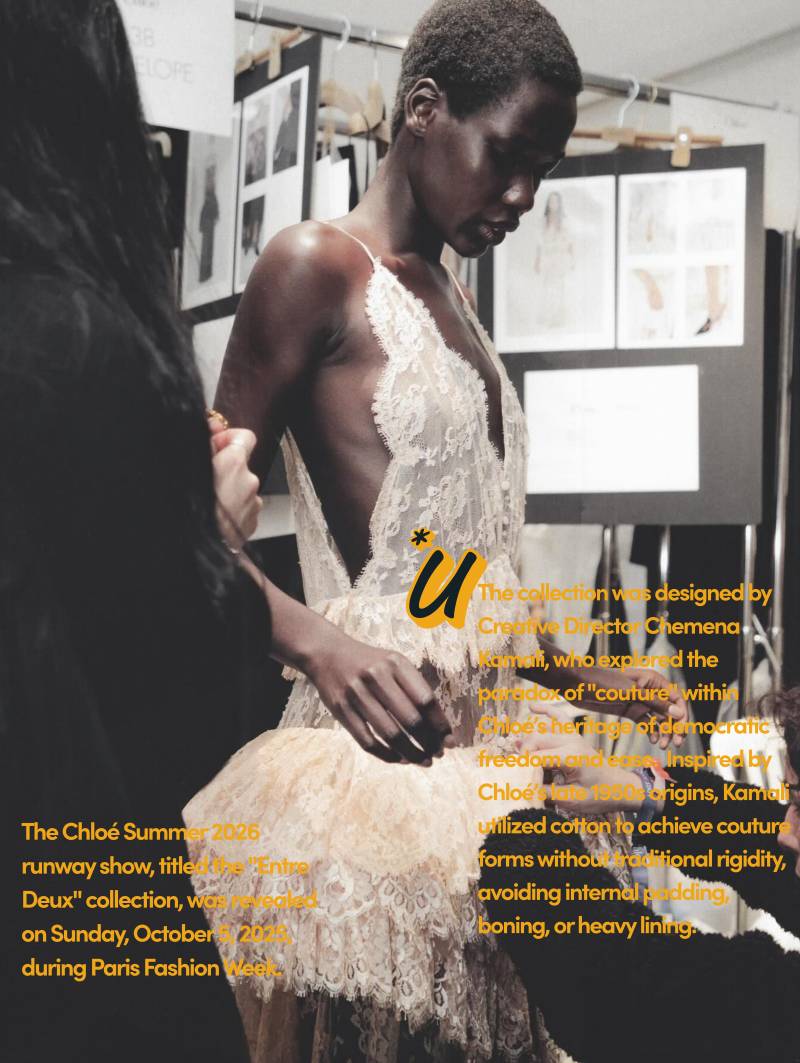Robert Nelson of the Age admits ‘sometimes the eyes aren’t enough’ after missing the point of the installation in his review.
What’s your worst professional blunder? Tell us in the comments below
When the Age’s art critic Robert Nelson reviewed a one-day art project in Melbourne on the weekend he noted the audience was looking at an installation by a UK conceptual artist in “puzzlement”.
“You could sense that viewers were searching in themselves for an explanation,” Nelson wrote in his review of Jeremy Deller’s work, Father and Son, which featured lifesize grey candles in the form of a seated old man and a younger man slowly burning to a puddle throughout the day.
But it was the art critic himself who was puzzled. Nelson wrote several hundred words about the meaning of the Turner prize-winning artist’s work without realising the father and son effigies were of Rupert and Lachlan Murdoch.
Of course, we’ve all made mistakes but rarely are they as public as the one published in the Age in print and online on Sunday. Remarkably, no one behind the scenes questioned why the writer had not mentioned the Murdochs in his piece, even though the likeness in the multiple pictures published was readily apparent.
No one appears to have noticed other news reports about the exhibition, including Guardian Australia’s Melting moguls: life-size Rupert and Lachlan Murdoch candles burn in Melbourne installation, on Saturday.
A spokesperson for Nine, publisher of the Age, declined to comment.
To his credit, Nelson wrote a mea culpa of sorts on Tuesday: “Sometimes the eyes aren’t enough … I just didn’t realise that the two antiquated specimens were the Murdochs.”
In the “spooky installation in a deconsecrated church in Collingwood” Nelson saw, in Sunday’s review, the Father and the Son of the Bible – not the father and son of the Murdoch media empire.
“Everything about the installation at St Saviour’s Church of Exiles, Collingwood, was churchy – right down to the quotation from John’s Gospel, where Jesus declares his deference to his Heavenly Father,” Nelson wrote on Tuesday.
The best and worst of Grauniad mistakes over 200 years
Typo negative: the best and worst of Grauniad mistakes over 200 years
“But I didn’t realise that the figures represented Rupert and Lachlan Murdoch, the media princes whose various dealings don’t automatically strike you as theologically motivated.
“It puts a different spin on the work, for sure; and if you were really focused on the detail of the Murdoch mannequins being incinerated, the concept would come close to farce.”
Nelson had an “out” but admirably chose not to take it. Some readers thought his original review involved a “conscious decision” to suppress the Murdoch name.
“A witty Jane Scott, director of Horsham Art Gallery, was kind enough to write: ‘Brilliant review … without actually mentioning the unmentionable’,” Nelson said.
“I’d like to bask in the glow of this subtle gamesmanship; but in all candour, I just didn’t realise the two antiquated specimens were the Murdochs.”
He also admitted there were clues as he walked around the art gallery that he chose to ignore because he believes in “trusting my eyes”.
“My ears heard somebody talking about ‘Lachlan’ but the whisper didn’t really penetrate my critical visual armour,” he said. “If I suppressed the connection, it was all in my unconscious. It would have been nice to own the virtue of resisting more Murdoch posterity; but the truth is that I didn’t listen to my ears.”
Sesquipedalian Sea Squirt
‘Irresistible to touch’ or ‘like a large poo’: latest Adelaide street sculpture delivers surreal squirt
Read more
But ultimately Nelson transcends what he calls the “embarrassment” and argues that the fact that he missed the context is negligible.
“The original interpretation along the scriptural lines – that the artist himself suggested – remains sound,” he wrote on Tuesday. “The additional fact can contribute an additional layer of interpretation, but that doesn’t make it a necessary layer of interpretation.”
SOURCE : theguardian




